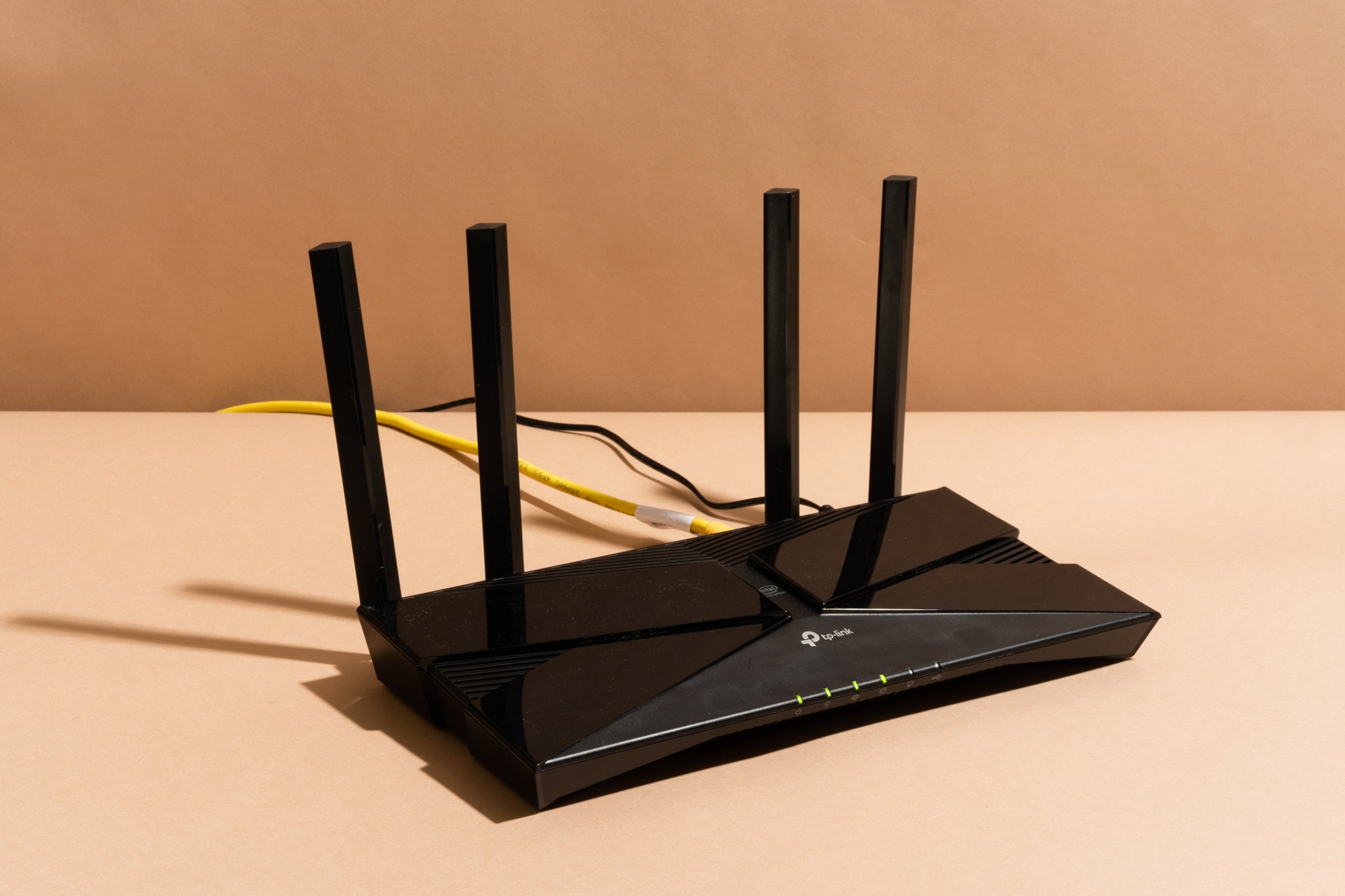Here are some guidelines for what to look for in a router to help you limit down your options. These are the features we looked at when recommending routers, beginning with compatibility and ending with making sure the router supports your internet speeds. Check out the best wifi routers for apartments.
Let’s get to work finding you some replacement tools so you can put that rental deposit back in your pocket.
1. Determine your budget before shopping for a router.
The cost of a router can range from far under $100 to well over $300. The price range you have in mind for a router will determine how much you should spend. For a router with better throughput and additional capabilities like MU-MIMO and beamforming, you may expect to pay a higher price. Tri-band routers and ones that are compatible with telephone service will also be more expensive.
Make that the new router is compatible with your internet service provider (ISP)
It’s safe to assume that any router will work with any ISP, but it’s still a good idea to double-check. More so if you’re thinking of purchasing a combined modem and router.
A cable modem won’t work with DSL internet since they employ different technologies to establish a connection to the internet. Your connection to the internet is broken. Therefore, it is essential to ensure compatibility.
The majority of ISPs have compatibility lists or buying guides online that detail which modems and routers work with their network. The following are links to pages that detail which devices are compatible with various U.S.-based internet service providers:
Broadband providers like Comcast Xfinity, Cox Mediacom (PDF), Astound Broadband (powered by RCN), Sparklight (previously Cable One), and Spectrum 3 are all included. Verify that your router can handle the upload and download speeds you’re paying for.
A faster router than your internet service provider promises is essential. With this setup, you can increase the likelihood of having the fastest possible Wi-Fi speeds, even if several people and devices are connecting at once. And it keeps your paid bandwidth from going to waste.
However, take in mind that most routers tout combined 2.4 GHz and 5 GHz speeds. Although this combined speed is impressive, it is somewhat deceptive because most devices do not use both Wi-Fi bands simultaneously. Therefore, you should check the maximum throughput of both the 2.4 GHz and 5 GHz bands that your router supports.
Keep in mind that because wireless signals must travel through the air (or worse, solid objects like walls, floors, and furniture), their pace is naturally going to be slower. Thus, if you want the most possible throughput from your router while playing CS:GO, you should use an Ethernet cable to connect to the network.
Try upgrading to a more modern wifi standard.
When perusing routers, you’ll notice the digits “802.11” followed by a letter or series of letters. The Wi-Fi standard (or wireless protocol) describes the connection speed and range of a certain router.
Nonetheless, these Wi-Fi standards may be grasped without a deep dive into the weeds of jargon. Find a router that works with modern wireless standards.
Many gadgets and internet connections do not support the maximum speeds that 11ax (Wi-Fi 6) can provide, which can reach up to 10 Gbps. Accordingly, upgrading to Wi-Fi 6 might not be necessary just yet.
Most modern routers will adhere to the 11ac (Wi-Fi 5) standard, which may provide transfer rates of up to 3.5 Gbps and hence should be more than adequate for your online needs.
11n (Wi-Fi 4) is the first standard to offer dual-band capability (2.4 and 5 GHz) with speeds of up to 600 Mbps.
Any router worth its salt will tell you roughly how much territory it can cover, though some will be more detailed than others. Both the TP-Link Archer A20 and the xFi Pods, which come highly recommended, provide an estimated range dependent on the number of bedrooms in your home.
On the other hand, don’t fret. If, after setting up your router, you discover that the signal doesn’t reach every corner of your home, you can purchase a Wi-Fi extender or a mesh Wi-Fi system to increase its range.
Make sure you factor in all of the extras.
Some of the more recent enhancements introduced by major router manufacturers might greatly improve your time spent online. Consider these options as you shop for a new router:
Service Quality (QoS)
With Quality of Service (QoS), you may tell your network to give some devices and connections higher priority than others. As a result, if you’re a gamer who values a solid internet connection despite your partner’s or children’s Netflix streaming, you may instruct your router to give priority to your Xbox’s internet connection over your smart TV’s.
